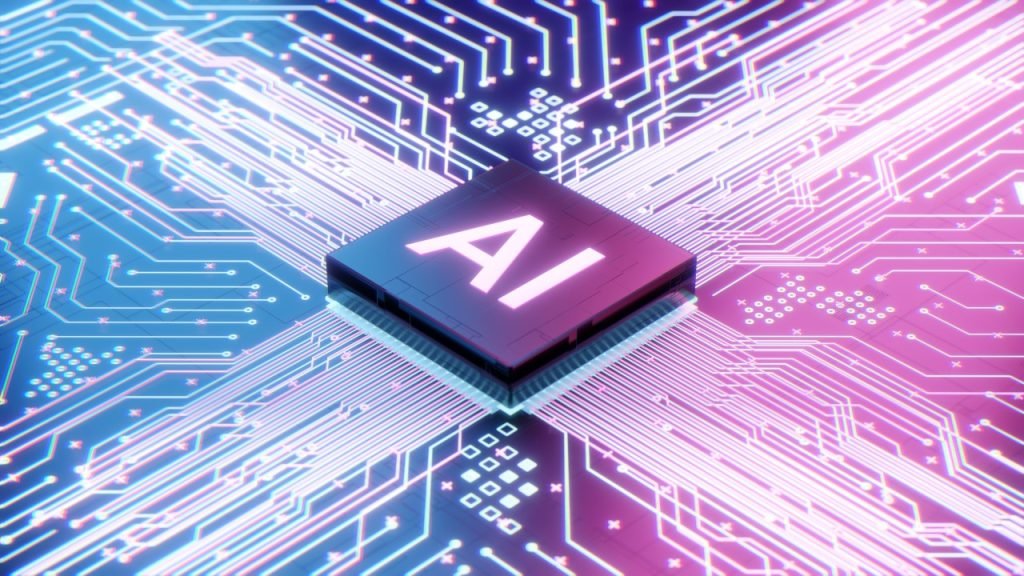Engineers of the BitEnergy AI technology company have developed a new computing method that reduces the power consumption of artificial intelligence applications by 95%. Of course, this new algorithm also has flaws, but due to the high demand of users to use artificial intelligence programs and the increasing electricity consumption of this technology, it can be considered as a solution to save electricity consumption.
According to a Tech Xplore report, BitEnergy AI engineers claim to have found a way to reduce the amount of computation required to run artificial intelligence programs so that it not only does not reduce performance, but also greatly reduces the amount of electricity consumed.
A new method to reduce the amount of electricity consumed by artificial intelligence
The use of artificial intelligence applications is increasing day by day; This has led to a significant increase in electricity consumption and other costs. Large language models (LLMs) such as ChatGPT require a lot of computing power, which in turn increases power consumption.
For example, ChatGPT now requires about 564 megawatt hours of electricity per day, which is enough to power 18,000 homes in the United States. Since AI technology is not stopping at this point and continues to improve, experts say that the electricity consumption of AI applications may reach about 100 terawatt hours per year in the next few years, almost the same amount of energy needed to mine Bitcoin.
Now, BitEnergy AI researchers have devised another algorithm instead of using the complex floating point multiplication (FPM) method. Currently, applications use the FPM calculation method to manage very large or small numbers so that they can perform calculations with very high accuracy. This method itself is one of the most used computing parts of artificial intelligence.
The new method, called “multiply-linear-complexity” (L-Mul), uses a simpler algorithm but can achieve the same accuracy as FPM. This method may reduce the energy consumption of artificial intelligence systems by 95%.
Since this new algorithm is a completely new process, popular hardware on the market, such as Nvidia graphics processors, are not designed to handle this algorithm; So even if the performance of the BitEnergy AI algorithm is verified at the same level as FPM, it still requires systems that can handle it.
RCO NEWS
















